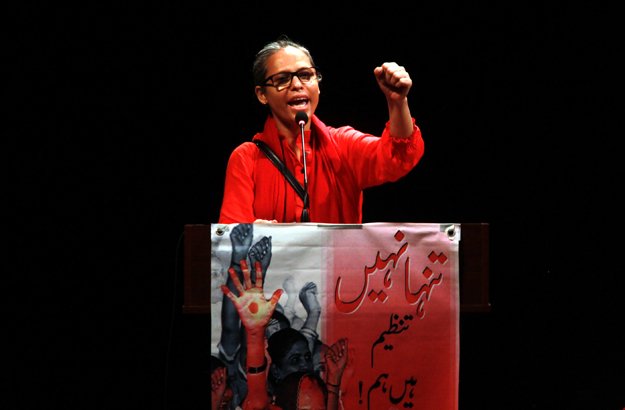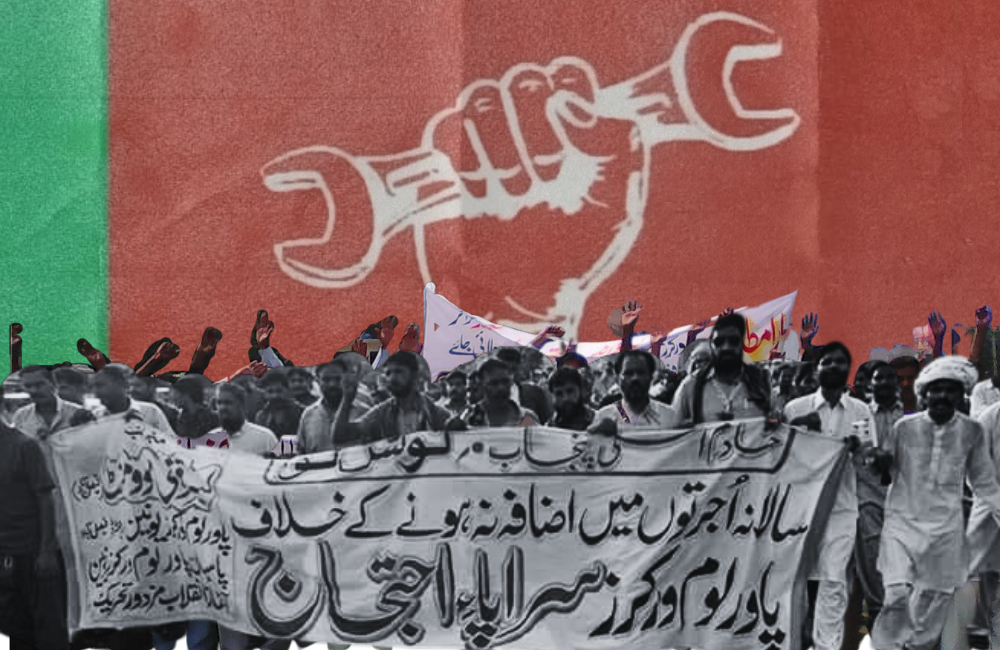
\
Remembering Rana Plaza: Politics on South Asia’s Factory Floor
Issue 8. Summer 2023
On April 24th 2013, the eight-storeyed Rana Plaza building housing multiple garment factories in Dhaka, Bangladesh collapsed to the ground. Over 1,000 workers, the majority of them women between the ages of 18 to 25, were trapped, burned, or crushed as the building turned to rubble. Thousands more, both factory workers and rescue personnel, experienced damaging injuries and trauma that devastated their lives irreversibly. The catastrophic event shone a light on the vast underbelly of the global fast fashion industry exposing its horrific and routine violence: a mass labour force of informalised, overworked and under-nourished, mostly young women, was toiling for inhumane hours on seasonal and casual contracts at a pittance. Factories and workshops were dilapidated and unsafe spaces. Fire exits were often locked to prevent workers leaving. Women’s toilets and toilet breaks were nearly absent; harassment and sexual abuse were rife. Indeed, just a day before it collapsed, the Rana Plaza building was “briefly evacuated” as cracks were observed in the walls — then the workers were sent back in .
These dangerous and life threatening conditions across the garments industry in Bangladesh, and indeed much of South Asia, were no secret. In Karachi, Pakistan, the large Ali Enterprises factory burst into flames on September 11, 2012, six months before the Rana Plaza incident, killing over 250 workers trapped behind barred windows and locked exits. In Britain’s garment hub of Leicester — run predominantly on the backs of South Asian migrant labour—an investigation three years before Rana Plaza revealed dangerous working conditions and violations of wage laws. Workers, activists, and labour organisers had been consistently struggling against these 21st-century realities for a long time before the fateful day at the factories in Rana Plaza.






Interview with labour activist Taslima Akhter on garment workers’ struggles in ten years since the Rana Plaza tragedy.